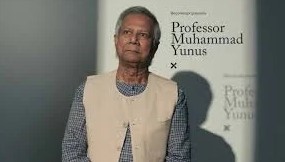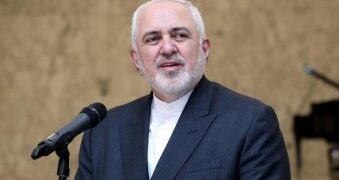Post Hamas’ warning that no Israeli
hostages would leave the territory alive unless its demands for prisoner
releases were met, Israel shelled southern Gaza’s main city on Monday.
Hamas triggered the conflict when the
group carried out the deadliest-ever assault on Israel on October 7, reportedly
killing 1,200 people and taking about 240 hostages back to Gaza.
Israel has responded with a military
offensive that has reduced much of Gaza to rubble and killed at least 17,997
people, mostly women and children, according to the Hamas-run Health Ministry.
Israeli strikes on Monday hit the city
of Khan Yunis, an AFP correspondent reported, while Palestinian militants
Islamic Jihad said they had blown up a house where Israeli soldiers were
searching for a tunnel shaft.
The Army reported rocket fire from Gaza
into Israel on Monday and said fierce fighting had taken place on Sunday around
Gaza City and Khan Yunis.
Hamas on Sunday warned that Israel would
not receive “their prisoners alive without an exchange and negotiation and
meeting the demands of the resistance”.
Israel says there are still 137 hostages
in Gaza, while activists say around 7,000 Palestinians are in Israeli jails.
Months of intense bombardment and
clashes have left Gaza’s health system on the brink of collapse, with most
hospitals no longer functioning and nearly two million people displaced.
AFP visited the bombed-out ruins of the
Al-Shifa hospital in Gaza City and found at least 30,000 people taking refuge
amid the rubble after Israeli forces raided the medical facility last month.
“Our life has become a living hell,
there’s no electricity, no water, no flour, no bread, no medicine for the
children who are all sick,” said Mohammed Daloul, 38, who fled there with his
wife and three children.
‘Collapsing’ Health System
The UN estimates that 1.9 million of
Gaza’s 2.4 million people have been displaced from their homes – roughly half
of them children.
Israel had urged people to seek refuge
in the south, but after expanding the war to include southern targets, there
were few safe places for civilians to go.
Humanitarian organisations continued to
press Israel for greater protection of civilians in the conflict.
Mapping software deployed by Israel’s
army to try to reduce non-combatant deaths was condemned as inadequate Sunday
by Lynn Hastings, UN humanitarian coordinator for the Palestinian territories.
“A unilateral declaration by an
occupying power that patches of land where there is no infrastructure, food,
water, health care, or hygiene are ‘safe zones’ does not mean they are safe,”
she said.
Only 14 of Gaza’s 36 hospitals are
functioning at any capacity, according to the United Nations’ humanitarian
agency OCHA.
UN Credibility ‘Undermined’
UN Secretary-General Antonio Guterres
said Sunday the Security Council’s “authority and credibility were severely
undermined” after the United States blocked a ceasefire resolution on Friday.
“I can promise, I will not give up,”
Guterres told a leaders’ gathering in Qatar.
Qatar, where Hamas’s top leadership is
based, said it was still working on a new truce like the week-long ceasefire it
helped mediate last month that saw 80 Israeli hostages exchanged for 240
Palestinian prisoners and humanitarian aid.
But Israel’s relentless bombardment was “narrowing
the window” for success, said Qatari Prime Minister Sheikh Mohammed bin
Abdulrahman Al Thani.
US Secretary of State Antony Blinken on
Sunday again rejected a ceasefire.
“With Hamas still alive, still intact
and… with the stated intent of repeating October 7 again and again and again,
that would simply perpetuate the problem,” he told CNN.
But Blinken also said the United States
was “deeply, deeply aware of the terrible human toll that this conflict is
taking on innocent men, women and children”.
AFP
















